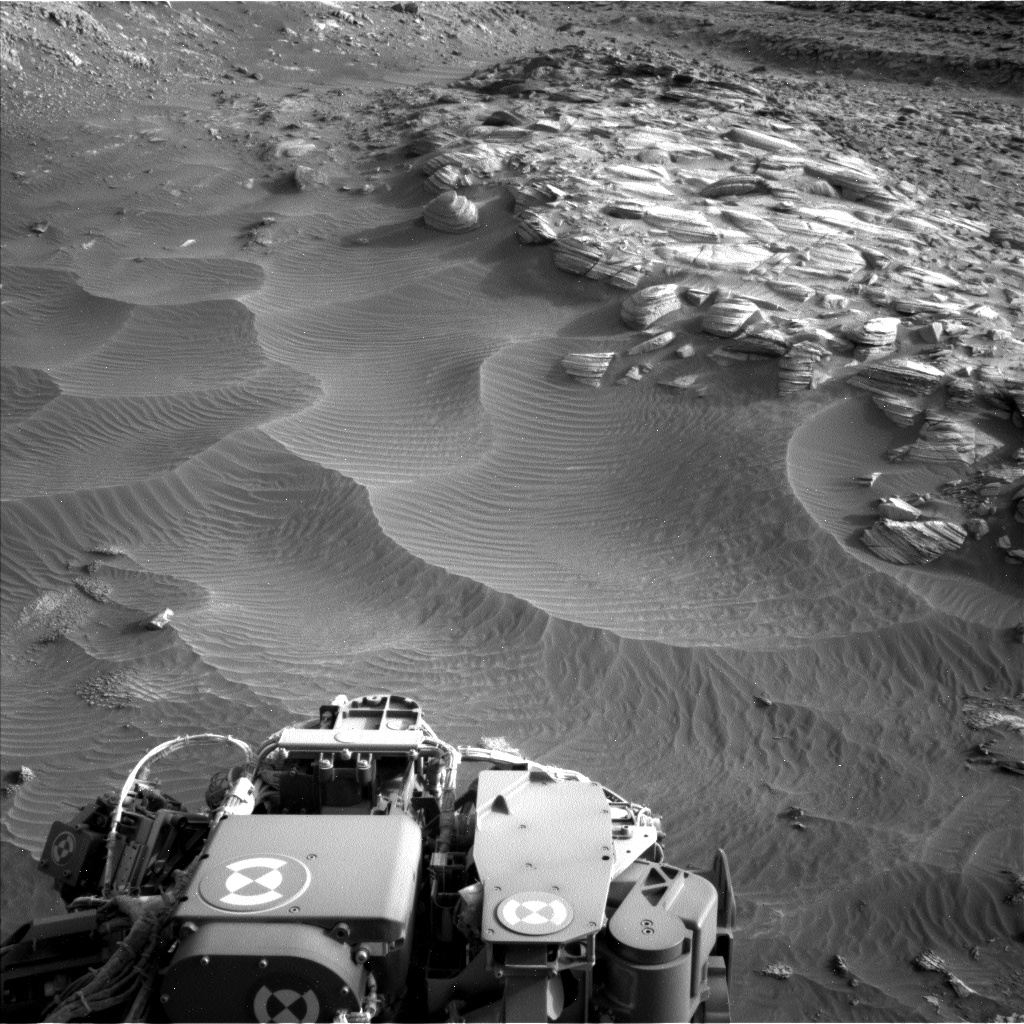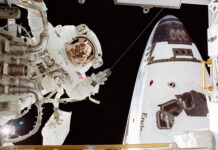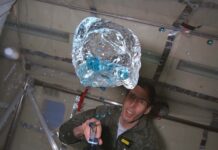NASA’s Mars rover, Curiosity, has been an integral part of the Mars Science Laboratory mission, exploring the Red Planet and unraveling its mysteries. On October 2, 2024, a significant milestone was reached as Curiosity made its way out of the Gediz Vallis channel, a prominent geological feature on Mars. This exploration has provided groundbreaking insights into Mars’ geological history and composition, particularly the surprising discovery of elemental sulfur on the planet’s surface.
The Gediz Vallis Channel Exploration
The Gediz Vallis channel, located on Mars’ surface, has been a focus of scientific curiosity due to its unique geological characteristics. Curiosity’s mission to explore this channel, informally known as the “Channel Surfers,” has been a long-awaited endeavor that has yielded significant scientific findings. Over the past four and a half months, Curiosity has meticulously examined various lithologies and relationships within the channel, providing an invaluable dataset for scientists back on Earth.
Unveiling Elemental Sulfur
One of the most remarkable discoveries during this exploration was the identification of elemental sulfur. This finding marks the first definitive detection of sulfur on Mars, a revelation that holds profound implications for our understanding of the planet’s geological processes. Elemental sulfur is a key component in many chemical reactions and can provide insights into the planet’s volcanic activity and potential habitability in the past.
Scientific Instrumentation and Techniques
Curiosity is equipped with an array of scientific instruments that enable it to conduct detailed analyses of Martian soil and rock samples. Among these instruments are the Mast Camera (Mastcam), Chemistry and Camera (ChemCam), and the Alpha Particle X-ray Spectrometer (APXS). These tools allow scientists to study the composition and structure of Martian terrain with precision, uncovering hidden details about the planet’s history.
During the exploration of the Gediz Vallis channel, Curiosity utilized these instruments to capture high-resolution images and conduct chemical analyses. The Mastcam, for instance, provided detailed images of the channel’s geological features, while the ChemCam conducted remote micro-imaging (RMI) to study target areas from a distance. The APXS, on the other hand, analyzed the chemical composition of rocks and soil, helping to identify the presence of sulfur.
Navigating the Sulfate-Bearing Unit
As Curiosity exited the Gediz Vallis channel, it re-entered the magnesium sulfate-bearing unit, a region characterized by its unique mineral composition. This transition marks a shift in the rover’s exploration focus, as scientists aim to compare observations from both sides of the channel. This comparative analysis will enhance our understanding of the geological processes that shaped this region.
In the magnesium sulfate-bearing unit, Curiosity conducted a series of scientific activities to document its findings. These activities included the use of the APXS and the Mars Hand Lens Imager (MAHLI) to study nodular bedrock in the rover’s vicinity. The ChemCam’s Laser-Induced Breakdown Spectroscopy (LIBS) was employed to analyze another bedrock block, while the Mastcam captured images of resistant bedrock ridges adjacent to the Gediz Vallis channel.
Driving and Observation Activities
Following the completion of its scientific investigations, Curiosity embarked on a planned drive of approximately 25 meters (about 82 feet). This maneuver aimed to position the rover for further observations and analyses. During the drive, Curiosity captured images of the terrain between its front wheels using the Mars Descent Imager (MARDI), a camera designed to provide detailed views of the Martian surface.
In addition to surface observations, Curiosity conducted atmospheric and environmental assessments. These included measuring dust levels in the atmosphere using the Mastcam, capturing Navcam dust devil and suprahorizon movies, and performing line-of-sight observations with the Navcam. These activities are crucial for understanding the dynamic Martian environment and its impact on the rover’s operations.
The Broader Implications
Curiosity’s exploration of the Gediz Vallis channel and its transition to the sulfate-bearing unit are part of NASA’s broader effort to unravel the mysteries of Mars. The discoveries made by the rover contribute to our understanding of the planet’s geological history, climate, and potential for past habitability.
Elemental sulfur, in particular, is of great interest to scientists as it can provide clues about Mars’ volcanic activity and the presence of water in the past. The presence of sulfur could also indicate the potential for chemical reactions that could support microbial life, making this discovery a tantalizing prospect for astrobiologists.
Scientific Collaboration and Future Missions
The success of Curiosity’s mission is a testament to the collaborative efforts of scientists, engineers, and researchers from around the world. The data collected by the rover is meticulously analyzed by teams on Earth, who work tirelessly to extract meaningful insights from the information transmitted across vast distances.
Looking ahead, Curiosity’s findings will inform future Mars missions and exploration strategies. NASA’s Mars Sample Return mission, for instance, aims to retrieve samples collected by the Perseverance rover and return them to Earth for detailed analysis. These missions build upon the foundation laid by Curiosity, advancing our understanding of Mars and its potential for past or present life.
Conclusion
Curiosity’s journey through the Gediz Vallis channel and its transition to the sulfate-bearing unit represent significant milestones in our quest to explore Mars. The rover’s scientific discoveries, including the detection of elemental sulfur, provide valuable insights into the planet’s geological history and potential for habitability.
As Curiosity continues its mission, scientists eagerly anticipate the wealth of data it will gather, enhancing our understanding of Mars and paving the way for future exploration endeavors. The rover’s achievements serve as a testament to human ingenuity and our relentless pursuit of knowledge beyond the confines of our planet.
For further updates and detailed information about Curiosity’s mission, you can visit the official NASA website at NASA’s Curiosity Mission. This resource provides a comprehensive overview of the rover’s activities, scientific findings, and future plans for Mars exploration.
Additional Resources
For those interested in exploring more about Mars and its exploration, the following resources offer valuable insights:
- Mars Overview: An in-depth look at Mars, its features, and its significance in our solar system.
- Mars Resources: A collection of images, videos, and educational materials related to Mars exploration.
- Rover Basics: An overview of the robotic explorers sent to Mars and their scientific capabilities.
- Mars Exploration: Science Goals: NASA’s objectives for studying Mars and understanding its potential for supporting life.
Stay tuned for more updates on Curiosity’s mission and its contributions to our understanding of the Red Planet. The journey to explore Mars continues, driven by the spirit of discovery and the quest for knowledge beyond our world.
For more Information, Refer to this article.


































